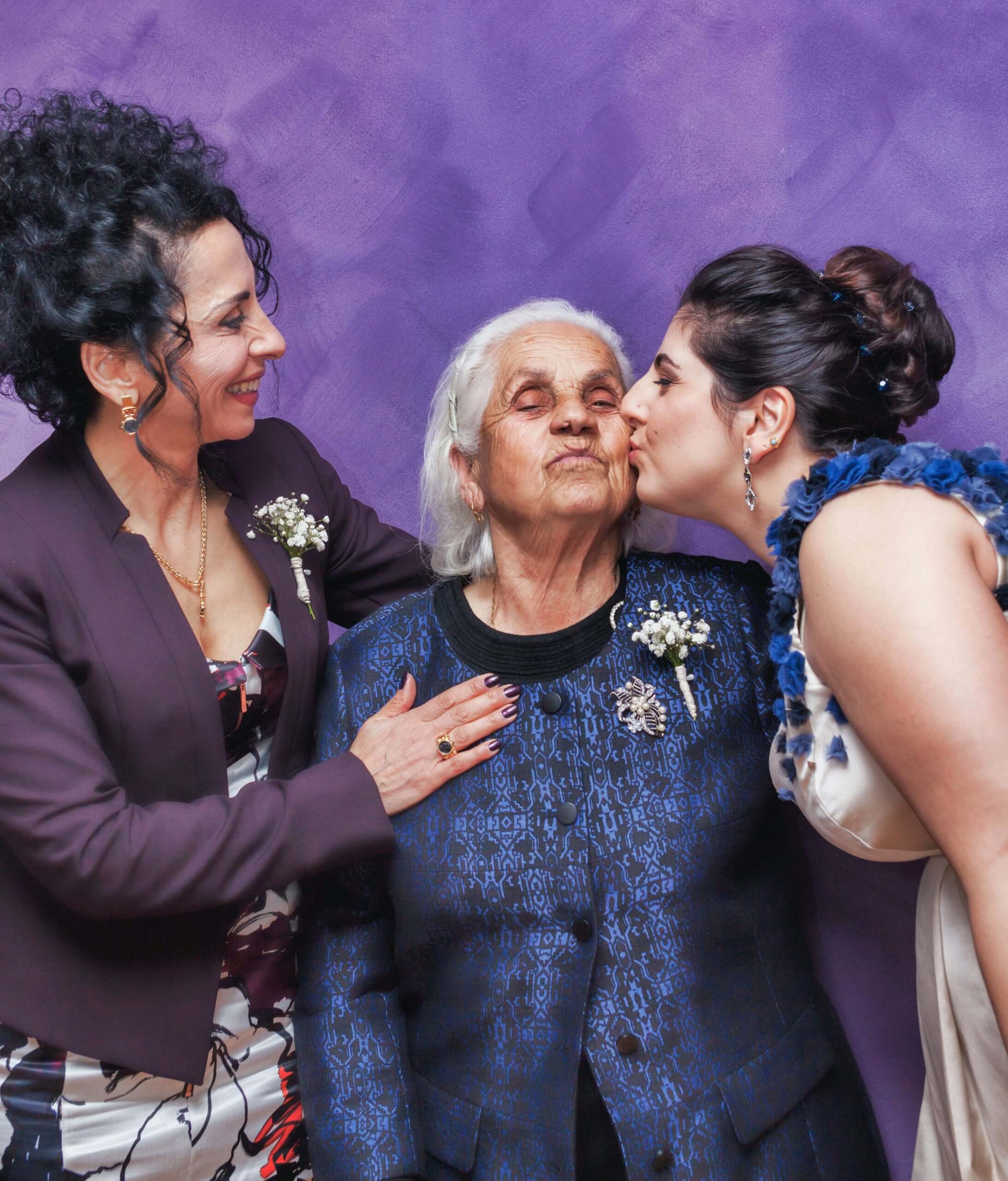JANUARY 6, 2022
How Can I Leave My House to Multiple Heirs?

For many people, real property, usually a home, makes up the largest portion of their estate. Because of that, one of the most common bequests individuals make is to have that piece of real property pass to their heirs upon death. Often, when the testator is a parent (or grandparent), they don’t think twice about leaving their home to all of their children. They believe, sometimes in error, this is the best way to be fair to them and should conflict arise after they have died, the siblings will have the wherewithal to resolve it on their own peacefully.
Unfortunately, this is not always the case. Leaving a house to multiple heirs can, on the contrary, become the impetus for legal disputes that end up tearing families apart, an outcome that would likely go against a testator’s last wishes. There are, however, steps you can take in your estate plan to leave your heirs a single piece of real property while ensuring that such a fate does not befall them. When it comes to estate planning, as always, preparation is crucial. Here are a few tips about how to begin the process.
Discuss your intentions with your heirs.
Even before you consult with an estate planning attorney, have a talk with your heirs to find out their thoughts about your plans to leave them, along with others, a single piece of real property. When a home is at issue, they might have very specific thoughts, which you will not necessarily be aware of unless you have this conversation.
Especially when dealing with adult children, the variables that can affect whether a person wants to own property can vary tremendously. For example, if one heir does not anticipate living nearby or using the property often (if ever), they might prefer, instead, that it be sold so they can use and enjoy the proceeds from it in a way that is compatible with their lifestyle. On another hand, an heir might envision themselves wanting to live in the property as its sole inhabitant full time. Not to mention, what an heir foresees now can change in the future.
Having a detailed discussion about intentions, therefore, can bring a lot of information to light, allowing you to plan accordingly. The last thing you want for your heirs is to catch them off guard, causing them to feel unnecessary financial strain or pressure from other family members to act in a certain manner when you are not here to help them navigate a dispute. Following a family death, pressures can snowball fast. You do not want to unnecessarily add to that stress by not planning for and providing your heirs with multiple options, including an out should they want one.
Allocate money for upkeep and repairs.
When you leave a single asset such as a house to multiple heirs, it is important to keep in mind that your heirs’ budgets can vary from your own. Budgets can also vary between heirs, potentially making some more than others in a financial position to care for and maintain a specific piece of real property. Those who are unable to afford upkeep and repairs may, therefore, find themselves at a disadvantage and want to push for a sale as a result. Different objectives based on money concerns alone can cause dissension among a group of heirs.
To avoid potential disputes, at least over finances, you might want to consider setting up a trust designated exclusively for the support of the real property you leave. That way, one or some of the heirs will not find themselves unduly burdened with expenses.
There is a caveat: maintaining a home, even a home with a low cost to carry it, can add up to tens, even hundreds of thousands of dollars, over decades. If the home is high-end, that number can extend into the millions. To ensure expenses on a piece of real property will be taken care of for the foreseeable future can require a fixed sum of money you might not have. Therefore, it is important to have a plan B.
Set up a contingency plan that will allow heirs to sell their interest in it.
If you know you will be unable to provide your heirs with this level of financial security, it is probably wise to make alternative arrangements so that if your heirs must sell the home, or only some of them want to sell it, they will have that flexibility.
You can arrange for this in various ways beginning with how your heirs will own the home once they inherit it. The decisions you make now can be the difference between a simple discussion between heirs to needing a court to intervene.
Decide on how your heirs will own the home.
There are various ways to own a piece of real property. The most popular ways for multiple individuals to own property are as joint tenants with rights of entirety or as tenants in common.
Joint tenancy
Often seen within marriages, joint tenancy entails that each joint tenant has full rights to use the shared property. Common examples of properties owned under joint tenancy include houses, vehicles, and joint bank accounts.
Another defining quality of joint tenancy is the concept of “right to survivorship.” In the event one joint tenant dies, ownership of the property fully transfers to the other living tenants, regardless of whether the deceased tenant has heirs.
Tenants in Common
Tenancy in common is similar to joint tenancy in the sense that each tenant is also able to fully use the shared property. The critical difference, however, is that there is no “right to survivorship.”
In the event one tenant passes away, their share of the property will not transfer to surviving owners of the property. Instead, the property will pass to their beneficiaries. Those beneficiaries will then become tenants in common with the existing property owners.
Such a scenario, one that introduces new people into an already existing relationship, can prove problematic raising controversy where there might not have been before.
Revocable Trust
A revocable trust is a type of living trust (meaning it was created during the lifetime of the grantor), which allows the grantor to manage and alter the trust as they see fit during their lifetime. This means that at any point while the grantor is still alive, they can add and remove beneficiaries, as well as alter the number of assets each beneficiary would receive. Furthermore, they have the ability to buy and sell assets within the trust during their life.
The primary appeal of revocable trusts is the flexibility of the options they provide. A revocable trust gives grantors the ability to access the assets in it in case of emergencies, as well as the option to change their beneficiaries depending on if the family grows or if, for whatever reason, they no longer want a certain family member to receive anything.
A revocable trust can be helpful when bequeathing a single asset for use by multiple heirs because a testator can make the trust the beneficiary of it rather than individuals. Because the trust is the owner of the real property, it is much easier to fund and protect the asset from the complications mentioned earlier.
Consult with a Seattle estate planning lawyer.
With estate planning, the goal should always be for the process to be not only seamless but also stay that way. We can help. Our Seattle estate planning attorneys have extensive experience predicting and, therefore, planning for the unpredictable.
As your legal counsel, our job is twofold: we strive to protect your loved ones and give them peace of mind after your death, and you the peace of mind you deserve before it. Call us today.
Stay up to date
Subscribe to our newsletters
Subscribe to one or more of our newsletters, delivering meaningful insight on topics that matter to you and your family.





